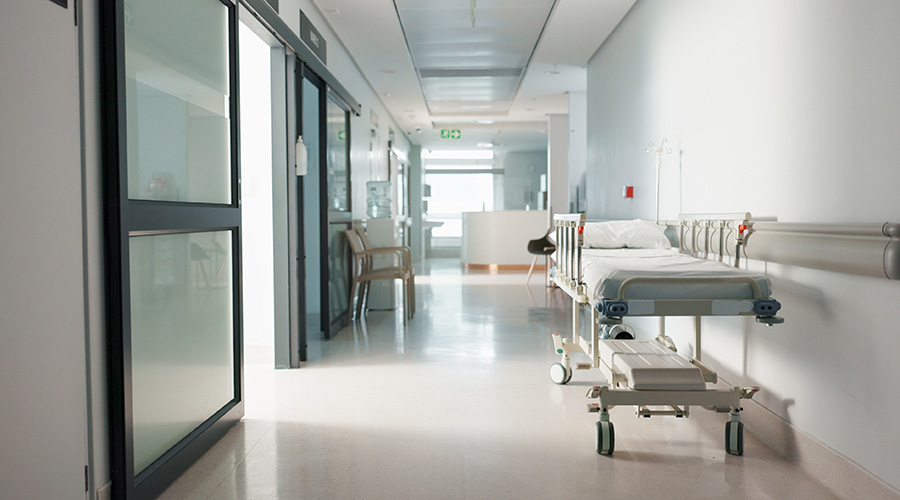As technology plays a greater part in healthcare, more attention is being paid to how device surfaces and materials behave in terms of harboring micro-organisms, according to an article on the Business Solutions website.
The process of developing anti-microbial devices goes beyond using new materials to construct products. Contributing to the rise of antibiotic-resistant bacteria is also a concern, the article said.
"Antibiotics are developed and tested against microorganisms living in a planktonic or free-floating growth phase. When bacteria attach to surfaces, they begin to communicate, cooperate, and build a structured community … They become profoundly changed and different from that bacteria floating around in a broth, so the antibiotics that we order to kill them have limited effect,” Marcia Ryder of Ryder Science, a medical biofilm research facility, said in the article.

 Healthcare Is the New Retail
Healthcare Is the New Retail Bridgeway Behavioral Health Services Launches Campaign to Renovate Health Center
Bridgeway Behavioral Health Services Launches Campaign to Renovate Health Center Ground Broken for New North Dakota State Hospital
Ground Broken for New North Dakota State Hospital AI Usage for Healthcare Facilities
AI Usage for Healthcare Facilities Ground Broken on Pelican Valley Senior Living Modernization Project
Ground Broken on Pelican Valley Senior Living Modernization Project